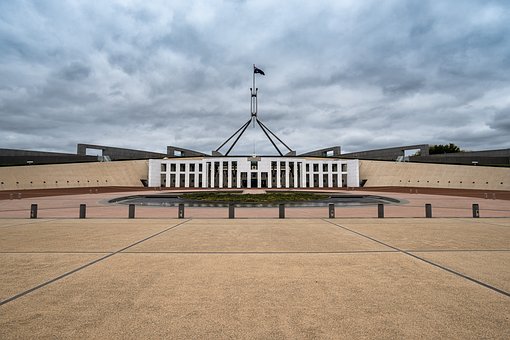The , commonly referred to as ‘Boodie’ in WA and known by the Warlpiri name ‘Purdaya’, made a historic bounce back into Central Australia, where the threatened species has been missing from the desert since the mid-20th century.
Australian Wildlife Conservancy (AWC) with indigenous approval from the (TMPAC) translocated 25 of the small and stocky macropods from the , located on Martu Country in the northern Goldfields of Western Australia, to , located north-west of Alice Springs on Ngalia-Warlpiri and Luritja Country. The 25 bettongs join another 40 individuals that were translocated to Newhaven late last week from AWC’s (NSW) and Wildlife Sanctuary (SA).
 Brad Leue/AWC
Brad Leue/AWCThe light-weight travellers of only 1.3kg boarded a special charter flight for their residence in Central Australia. On arrival, the bettongs received health checks which they successfully passed before being released into the 9,450-hectares feral predator-free area – one of Australia’s largest fenced safe havens.
The Burrowing Bettongs are the fifth species to be reintroduced to Newhaven and their arrival comes less than a week after the made its big comeback to the sanctuary. They joined other reintroduced species including the Mala (2017), Red-tailed Phascogale (2020) and Brush-tailed Bettong (2021).
 Brad Leue/AWC
Brad Leue/AWCKirsten Skinner, Australian Wildlife Conservancy Wildlife Ecologist, welcomed the locally-extinct species back to Central Australia. She said the reintroduction will contribute to the national conservation of the species by increasing the number of secure populations and aiding the restoration of key ecosystem processes which will benefit other species.
“We are thrilled to see Burrowing Bettongs bouncing around Newhaven,” said Kirsten. “As ecosystem engineers, we expect the landscape to benefit from their presence and anticipate their arrival will help facilitate future translocations, particularly species that may use their burrows for shelter such as the Western Quoll and Brushtail Possum.”
“We expect the bettongs are getting straight to work digging and turning over soil as they start transforming the landscape. But there are also many sites here where you can still see old bettong warrens preserved in patches of harder soil, from decades ago before they disappeared. Maybe some of the bettongs will reclaim their old haunts!”
 Brad Leue/AWC
Brad Leue/AWCDr Dorian Moro, TMPAC Wiluna Rangers Manager said;
“Sourcing Boodies from Matuwa is a proud moment for the TMPAC Traditional Owners and Wiluna Rangers who work on Matuwa to keep their Country healthy and to share these special animals with the Traditional Owners of Ngalia-Warlpiri and Luritja Country.”
The Burrowing Bettong is one of eight currently recognised bettong species, three of which are extinct and the remainder (except for the Rufous Bettong) are threatened.
The Burrowing Bettong is a short and round macropod with grey fur and a thick tail. The species has dark eyes, and large hind feet. Although once occurring across more than half of the Australian continent, the species suffered an extensive range collapse following European colonisation.
 Brad Leue/AWC
Brad Leue/AWCMultiple threats, particularly predation by introduced feral cats and foxes, exacerbated by competition from introduced herbivores and changed fire regimes led to the extirpation of the Burrowing Bettong from mainland Australia.
The species persisted in remote areas of Central Australia until the mid-20th century. Remnant populations are now restricted to Bernier, Dorre, Barrow and Boodie Islands, off the coast of Western Australia. A population was successfully established at Matuwa in 2010. It is these Matuwa individuals that are the important source for the Newhaven population. The total number remaining across the remnant populations is estimated to be approximately 7,000 individuals.
The Burrowing Bettong has cultural significance to the Ngaliya (Southern) Warlpiri Traditional Owners of Newhaven and the surrounding central deserts. One of the Warlpiri names for the species is purdaya.







